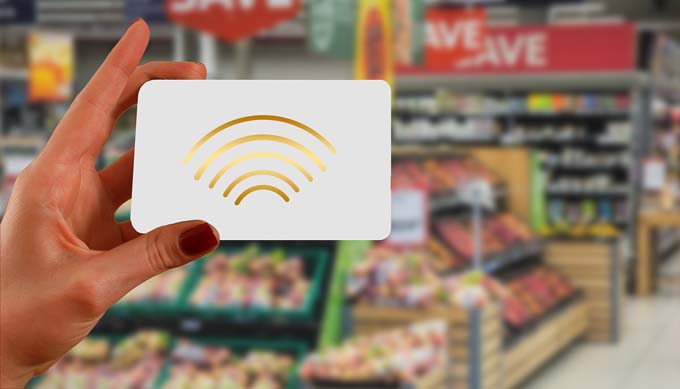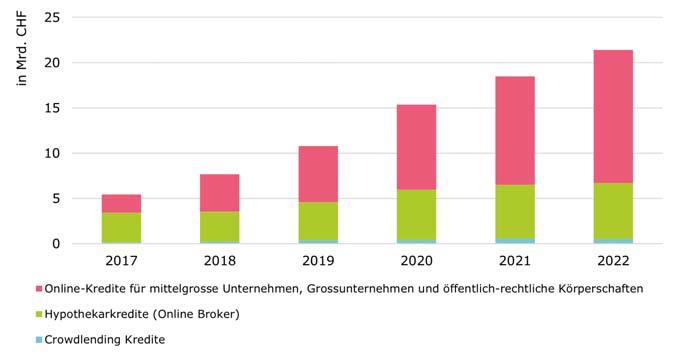Contactless transactions continue to grow strongly
Contactless transactions continued to increase in the first half of 2021: In Switzerland, 80 percent of payments are already made without entering a PIN, especially in the grocery trade. This is shown by a new evaluation of payment transactions in the DACH region.

Nets Group, a European PayTech company, has evaluated the shares of contactless payments in cashless transactions of its affiliated merchants in the DACH region. Not only are the figures still at a very high level, they continue to rise, according to the evaluation: contactless transactions now account for 77 percent in Germany, 82 percent in Austria, and 80 percent in Switzerland on average for the industry. In some segments, almost every payment made with a card or smartphone is already processed contactlessly.
Contactless transactions no longer just because of the pandemic
The Nets Group evaluation also shows that the use of the contactless function is now both decoupled from the developments in the pandemic and independent of specific sectors and target groups. Whether in shoe stores, drugstores, or flower stores, the contactless rate in June 2021 across the entire retail sector rose again by up to ten percentage points compared to the same month last year. In Austria, almost everyone pays contactless at the grocery store (91 percent) or the bakery (95 percent) when paying by card or smartphone. In Germany and Switzerland, the figures for bakeries are also very high (95 percent; 92 percent), while in the grocery trade it is still slightly lower in both countries at around 85 percent in each case, but is rising steadily even after a year of pandemic.
Existing trend was massively accelerated
"Contactless payment was already a strong trend before the Corona pandemic. We would certainly have reached the same high level in a few years, but the general digitization push has now significantly accelerated the transformation," says Marianne Bregenzer, Country Manager Nets Schweiz AG. The tipping point has clearly been passed. More and more people are using Tap-And-Go, and more and more retailers, including many small ones, are offering it and actively encouraging it, she adds. Contactless transactions in retail have thus become the norm.
"We are convinced that the share of contactless transactions will continue to increase in the future," says Bregenzer. "The tap-and-go function is faster overall, mostly without entering a PIN or signature. Once you get used to it, you won't put your card in the reader again." Not only will convenience and speed continue to increase shares, but more and more payments will be made with smartphones and wearables. With increasing digitization, the reduction of reservations and the customer-centric further development of processes and solutions, payment will become more digital, smarter and thus automatically increasingly contactless. New soft POS solutions on the merchant side - i.e., payment apps on the smartphone or tablet instead of card readers - will also contribute to a shift in the overall payment standard. In a few years, magnetic stripes and EMV chips will probably only be used in exceptional cases for cashless payments at the checkout and will often no longer be possible at all, experts believe.
Financial service providers are also accelerating the trend: PostFinance is the first Swiss bank to announce an increase in the limit for contactless payments without PIN entry as of mid-August 2021. Holders of a PostFinance debit card will now be able to make contactless payments of up to CHF 100 - previously the limit was CHF 80. PostFinance is thus responding to the wishes of many customers, according to the statement. However, anyone who does not want to use the contactless function of the PostFinance Card can deactivate it at any time in the PostFinance app, in e-finance or at the Postomat, the financial services provider says.
Shortened waiting times and high comfort
The Corona pandemic has increased the need for contactless payment in Switzerland overall. According to the Swiss Payment Monitor 2021, since the outbreak of Covid-19, the majority of the Swiss population makes far fewer cash payments (60 percent) and cash withdrawals (47 percent) than before. Cash use declined significantly due to the Corona pandemic in favor of digital payment solutions such as payment cards and mobile payment solutions.
The benefits of this change in consumer behavior are great for both retailers and customers: checkout is much faster, which reduces waiting times. Especially for purchases of everyday products or smaller amounts, neither PIN nor signature is usually required. This makes the payment process very simple and convenient for both vendor and customer. Merchants also benefit from automated reporting, an overview of all payment flows on their cell phones, and interfaces to downstream processes such as financial accounting," says the Nets Group, summing up the development, which is also pleasing for the company.
Sources: Nets Group, PostFinance










